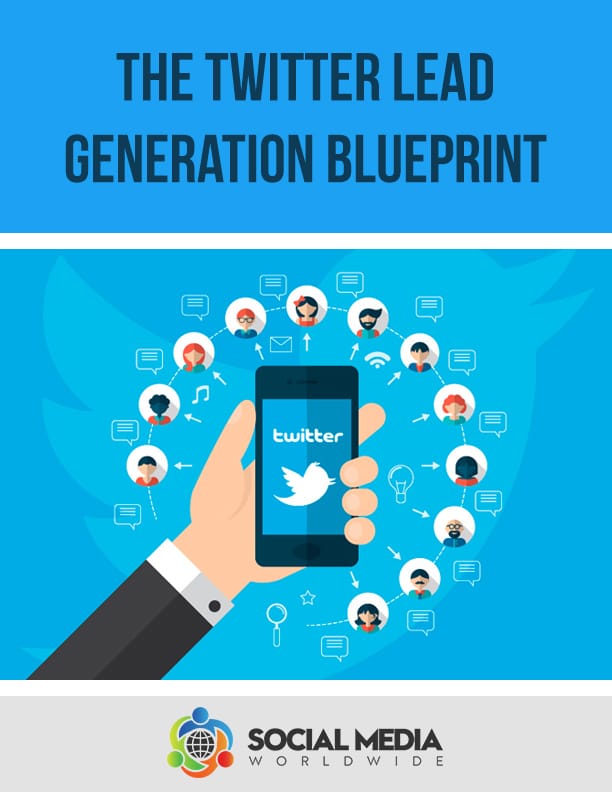Multi-channel marketing has become essential for reaching today’s diverse audience. When done right, it ensures your brand appears wherever your audience is spending their time.
From social media to email and even branded merchandise, multi-channel marketing can help you grow your reach, engage your customers, and create a cohesive brand experience across every touchpoint.
In this post, we’ll walk through the key steps to mastering multi-channel marketing so you can reach your audience on the channels they love most.
So, let’s get started!
Understanding Multi-Channel Marketing
Multi-channel marketing means using multiple platforms to connect with your audience. It’s not just about “being everywhere” but about being present where your audience prefers. This approach allows you to create a unified experience across various channels, reinforcing your brand and message consistently.
By expanding your reach to more than one platform, you also have more opportunities to engage with your customers and stay top of mind. A strong multi-channel approach ensures that whether your audience is browsing social media, checking their emails, or searching on Google, they’ll come across your brand in a cohesive, recognizable way.
Identifying Your Audience
Before diving into new channels, it’s crucial to understand who your audience is and where they prefer to engage. Start with these steps:
- Audience Segmentation: Break down your audience based on demographics, interests, behaviors, and buying patterns. Understanding these segments helps you tailor your messages to their unique preferences.
- Buyer Personas: Create detailed profiles of your ideal customers. Include information like their age, occupation, pain points, and goals. Buyer personas help you empathize with your audience so you can better choose the right channels for each segment.
- Research Tools: Use tools like social media analytics, customer surveys, and website traffic data to see where your audience is most active. Social listening can also provide valuable insights into their interests and behaviors.
With a clear picture of your audience, you’re set up to choose the most effective channels for connecting with them.
Use Custom Merchandise for Brand Recognition
Multi-channel marketing isn’t limited to digital channels. Physical merchandise, like custom T-shirts or branded bags, can be a powerful way to reach your audience, especially when using DTF (Direct to Film) Printing. DTF printing transfers vibrant, high-quality prints onto fabric, making it a flexible and cost-effective option for custom items.
Here’s how DTF printing can enhance your multi-channel marketing strategy:
- Physical Brand Presence: Custom merchandise can serve as a tangible reminder of your brand. It’s ideal for events, giveaways, or as a thank-you gift to loyal customers.
- Vivid, Durable Designs: DTF printing creates long-lasting designs with bright colors, helping your brand stand out in any setting.
- Cost-Effective and Flexible: DTF is versatile and works for both small and large print runs. This flexibility makes it a perfect option whether you’re testing branded items or producing large quantities.
For businesses looking to create branded merchandise, connecting with professional DTF Transfers experts can ensure you receive durable, high-definition, and efficient transfer printing that meets your branding needs. With the right approach, DTF printing can become an effective, memorable part of your multi-channel marketing strategy.
Choosing the Right Channels
Not all channels are created equal, and the right platforms depend on your specific audience and business goals. Here are some common channels to consider:
- Social Media: A great way to connect with your audience in a more personal, engaging way. Different platforms attract different demographics, so choose wisely (e.g., LinkedIn for B2B, Instagram for younger audiences).
- Email Marketing: Ideal for nurturing leads and keeping existing customers informed. Email allows for personalized, targeted messages that often lead to high engagement.
- Paid Ads: Platforms like Google Ads or social media ads help you reach a broader audience quickly. Paid ads can drive traffic to your website, generate leads, and increase sales.
- Content Marketing: Content like blogs, videos, and guides can establish your expertise and attract organic traffic. It’s great for long-term relationship building and SEO.
- In-Person Events: Don’t forget about offline opportunities. Trade shows, conferences, and community events can give you a personal connection that digital interactions sometimes lack.
Each of these channels serves different goals, so choose the ones that best fit your strategy and audience preferences.
Creating Tailored Content for Each Platform
While consistency is crucial, so is customization. Tailor your content for each platform’s strengths and audience expectations:
- Social Media: Create short, engaging videos, infographics, or eye-catching images.
- Blogs & Articles: Offer in-depth insights and valuable information. Blog content works well for SEO and establishing authority.
- Email Newsletters: Personalized messages work best here. Email is a chance to go in-depth on topics that resonate with your audience.
- Paid Ads: Ads should be concise, with clear calls to action. Adapt your visuals to the platform, whether it’s a carousel on Instagram or a banner on Google.
Tracking Performance and Adjusting Strategies
To succeed in multi-channel marketing, you need to keep an eye on what’s working and what’s not. Regular tracking helps you see where your efforts are paying off and where adjustments are needed.
- Key Metrics to Monitor: Look at engagement rates, click-through rates, conversions, and customer feedback.
- Use Analytics Tools: Platforms like Google Analytics, Facebook Insights, and email marketing tools can give you a clearer picture of audience engagement.
Don’t be afraid to refine your strategy based on performance data. Small tweaks can have a big impact.
Wrapping It Up
Mastering multi-channel marketing can feel like a big task, but the rewards are worth it. With a strategic approach, you’ll build a stronger, more visible brand and engage your customers wherever they are. Start small, experiment, and adapt based on what you learn. Remember, multi-channel marketing is about more than just reaching people. Yes, it is about creating a memorable, unified experience across every platform.



Recent Comments